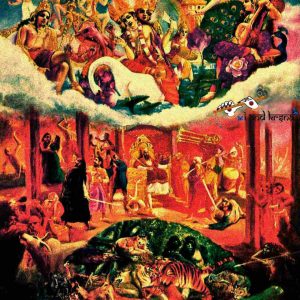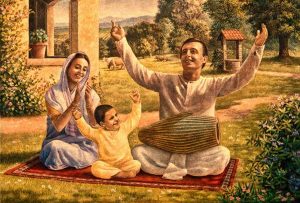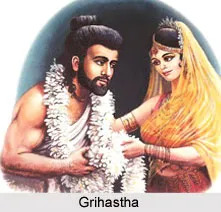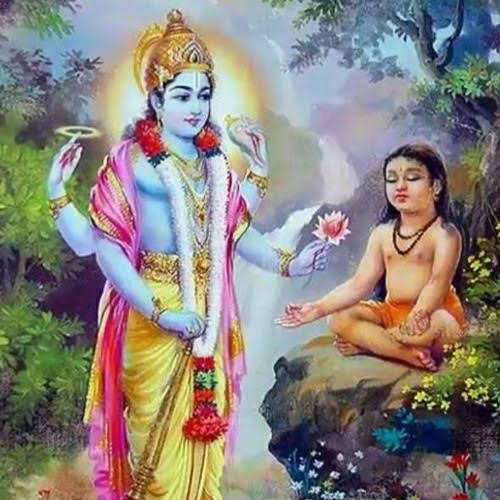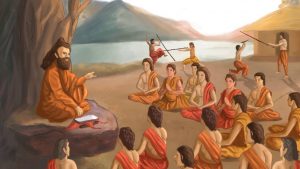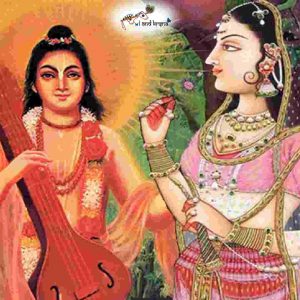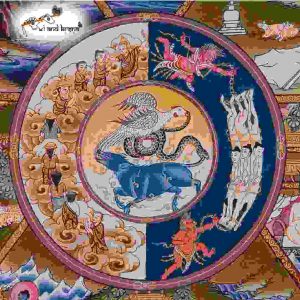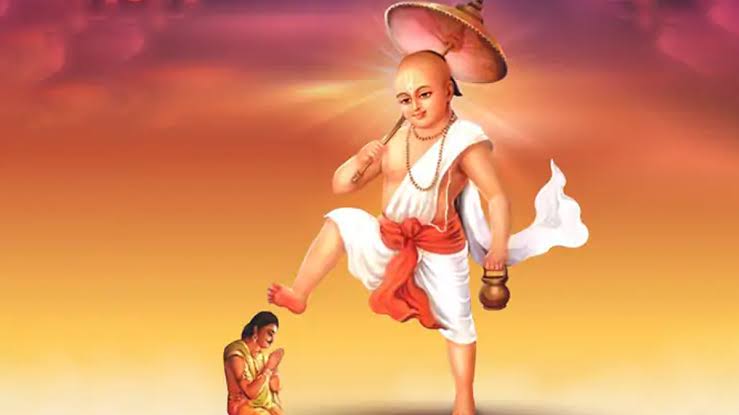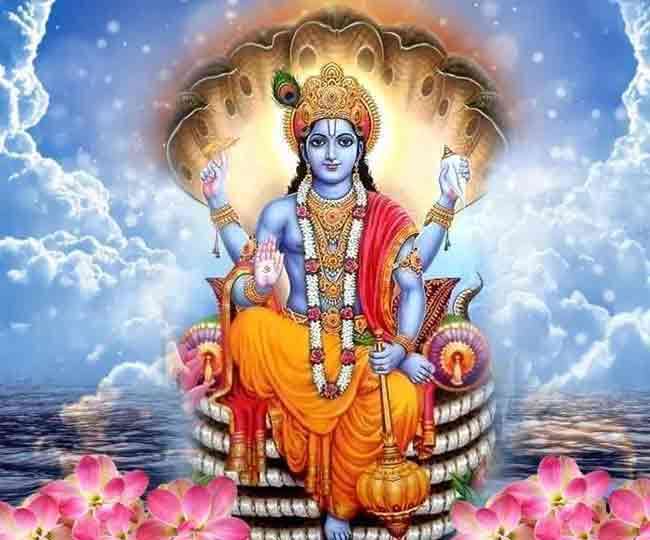Without contentment one could not be happy even if he possessed the property of the entire world.
The Vedic culture or brahminical culture teaches one how to be satisfied with possessing the minimum necessities in life. To teach this highest culture, varnasrama-dharma is recommended. The aim of the varnasrama divisions–brahmana, ksatriya, vaisya, sudra, brahmacarya, grhastha, vanaprastha and sannyasa–is to train one to control the senses and be content with the bare necessities. Lord Vamanadeva, as an ideal brahmacari, refuses Bali Maharaja’s offer to give Him anything He might want. He says that without contentment one could not be happy even if he possessed the property of the entire world or the entire universe. In human society, therefore, the brahminical culture, ksatriya culture and vaisya culture must be maintained, and people must be taught how to be satisfied with only what they need. In modern civilization there is no such education; everyone tries to possess more and more, and everyone is dissatisfied and unhappy. The Krishna consciousness movement is therefore establishing various farms, especially in America, to show how to be happy and content with minimum necessities of life and to save time for self-realization, which one can very easily achieve by chanting the maha-mantra–Hare Krishna, Hare Krishna, Krishna Krishna, Hare Hare. Hare Rama, Hare Rama, Rama Rama, Hare Hare.
Source: A.C. Bhaktivedanta Swami Prabhupada (2014 edition), “Srimad Bhagavatam”, Eighth Canto, Chapter 19 – Text 21
















